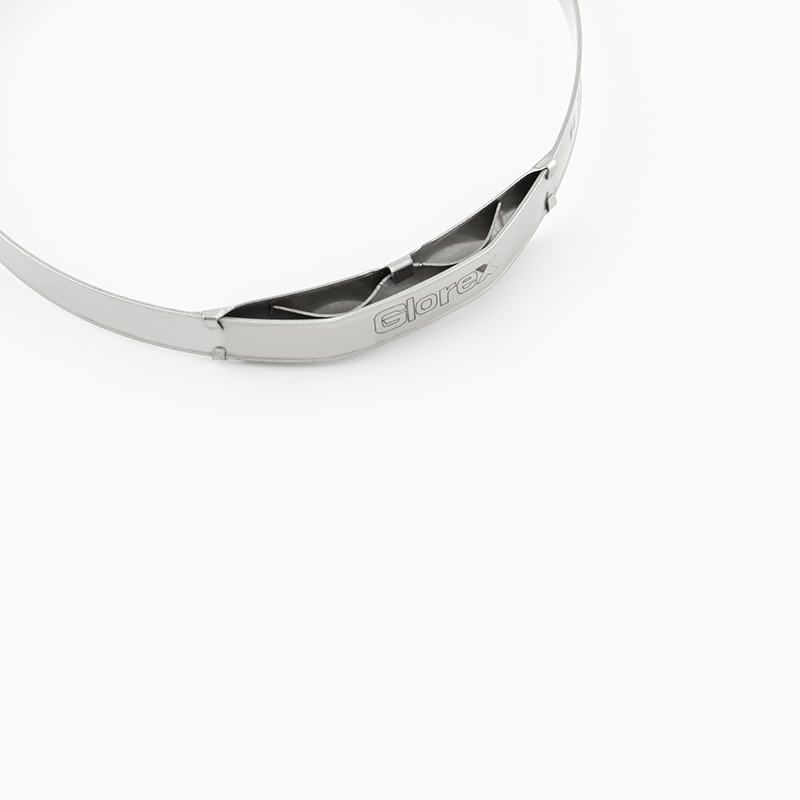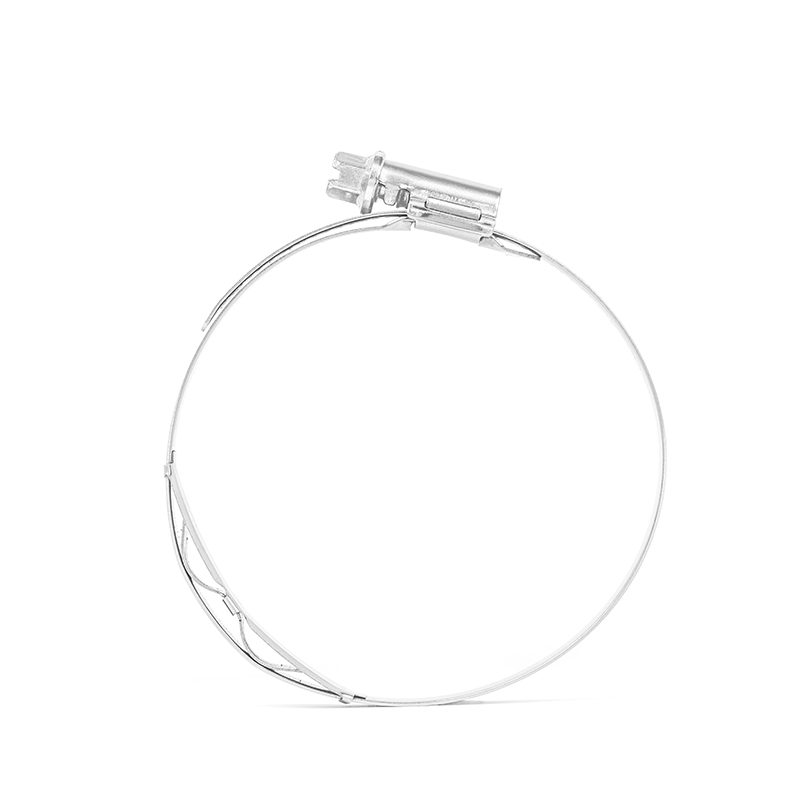When it comes to securing hoses and pipes, DIN 3017 German-style hose clamps, also known as stainless steel hose clips or clip hose clamps, are a popular choice due to their reliability and durability. However, to ensure maximum efficiency, it is crucial to know how to use these clamps correctly. In this article, we will explore the key steps and best practices for obtaining the best results with DIN 3017 German hose clamps.

1. Choose the correct size: The first step in using DIN 3017 hose clamps is to make sure you have the correct size for your application. These clamps come in various sizes to accommodate different hose diameters. Using a clamp that is too small may result in an inadequate seal, while a clamp that is too large may result in slippage and potential leaks. Therefore, it is crucial to accurately measure the hose diameter and select the appropriate clamp size.
2. Prepare the hose: Before using the clamp, it is important to prepare the hose, making sure the surface is clean and free of any debris or contaminants. This will help create a secure and tight seal once the clamp is in place. Additionally, inspect the hose for any signs of damage or wear, as a damaged hose may not provide an effective seal, even with a properly used clamp.
3. Position the clamp: After preparing the hose, place the clamp around the hose and make sure it is placed in the desired sealing position. Clamps should be placed evenly around the circumference of the hose to evenly distribute the clamping force.
4. Tighten the clamp: Use a suitable tool, such as a screwdriver or nut driver, to begin tightening the clamp. It is important to apply consistent and even pressure to ensure a secure seal without over-tightening, which may damage the hose or cause the clamp to deform. As a general guideline, the clamps should be tightened until the desired level of tightness is achieved, ensuring that the hose is securely held in place without being overly compressed.
5. Check the seal: After the clamp is tightened, check the seal to make sure it is tight and leak-free. Check for any signs of bulges or gaps between the clamp and hose, as these may indicate an improper seal. Additionally, pressure testing is recommended to verify seal integrity, especially for critical applications where leakage could have serious consequences.

By following these steps and best practices, users can effectively utilize DIN 3017 German style hose clamps for maximum efficiency and reliability in securing hoses and pipes. Proper selection, preparation, positioning, tightening and inspection are important aspects of the proper use of these clamps to ensure optimal performance and safety.
In summary, DIN 3017 Germany type hose clamps, also known as stainless steel hose clips or clamp-on hose clamps, are a versatile and reliable solution for securing hoses and pipes. By understanding how to properly use these clamps and following recommended procedures and best practices, users can achieve maximum efficiency and reliability in their applications. Whether in industrial, automotive or domestic environments, the correct application of DIN 3017 hose clamps is essential to ensure leak-free and secure connections.
Post time: Sep-12-2024
